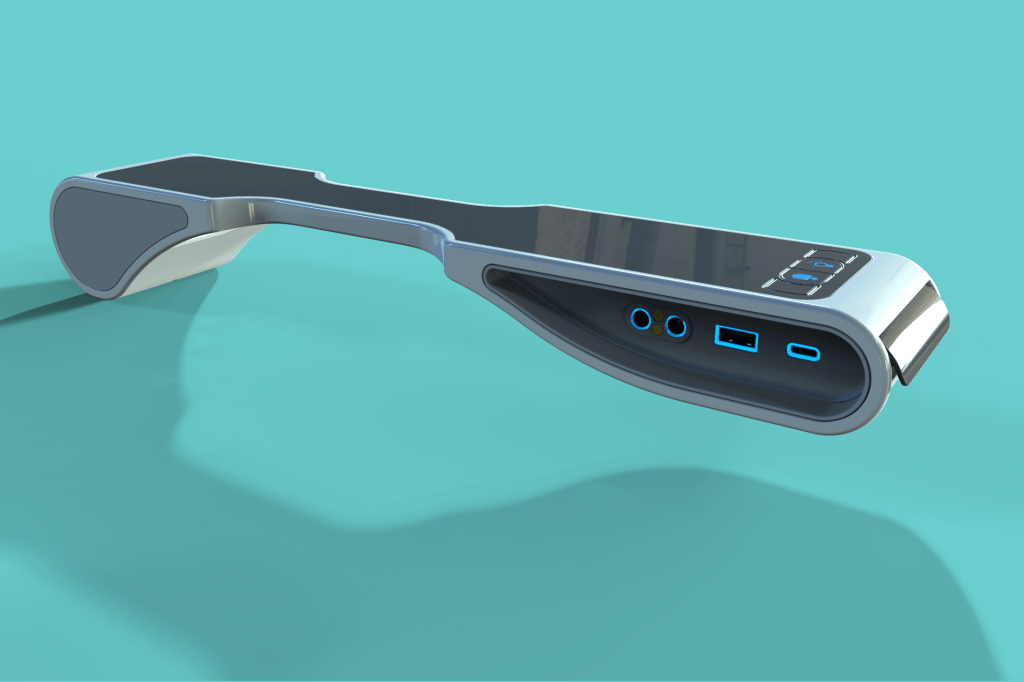Why Armrest Innovation Is the New Passenger Experience Battleground

Skift Take
With the seat pitch in economy class getting smaller, designers are being forced to innovate using minimal surface area – perhaps that’s why the humble armrest is receiving so much attention.
Until recently, the armrest seems to have been a forgotten element of the airline seat, its role in providing comfort to passengers overlooked and taken for granted. However, with ten and 11 abreast layouts in economy on the horizon for larger aircraft types, any extra surface area passengers can rightfully claim as their own is becoming a priority - even if it is meagre compensation for a shrinking seat pitch.
A year ago now, FlyersRights.org, the largest U.S.-based airline passenger organisation, appealed the FAA’s denial of its rulemaking petition to halt further shrinkage of airline seats and legroom until minimum passenger space standards could be set. It came to nothing, and now it looks as though rather than conceding, airlines are trying to distract passengers from their discomfort by refreshing other elements of the seat.
In the lead-up to the Crystal Cabin Awards (CCAs), which take place during the Aircraft Interiors Expo (AIX) in Hamburg, the aviation industr
